For more than four decades, John Lawrence has dedicated himself to viewing Louisiana history through a lens, curating thousands of photographs for The Historic New Orleans Collection. His latest endeavor, a book titled Louisiana Lens, compiles 150 of these images alongside a collection of essays, providing a unique perspective on the evolution of photography.

the dawn of photography in louisiana lens
The book begins its historical journey with some of the earliest known photographs, the daguerreotypes, which made their first appearance in New Orleans in 1840. This pioneering form of commercial photography offers a window into the lives and times of Louisiana’s residents.
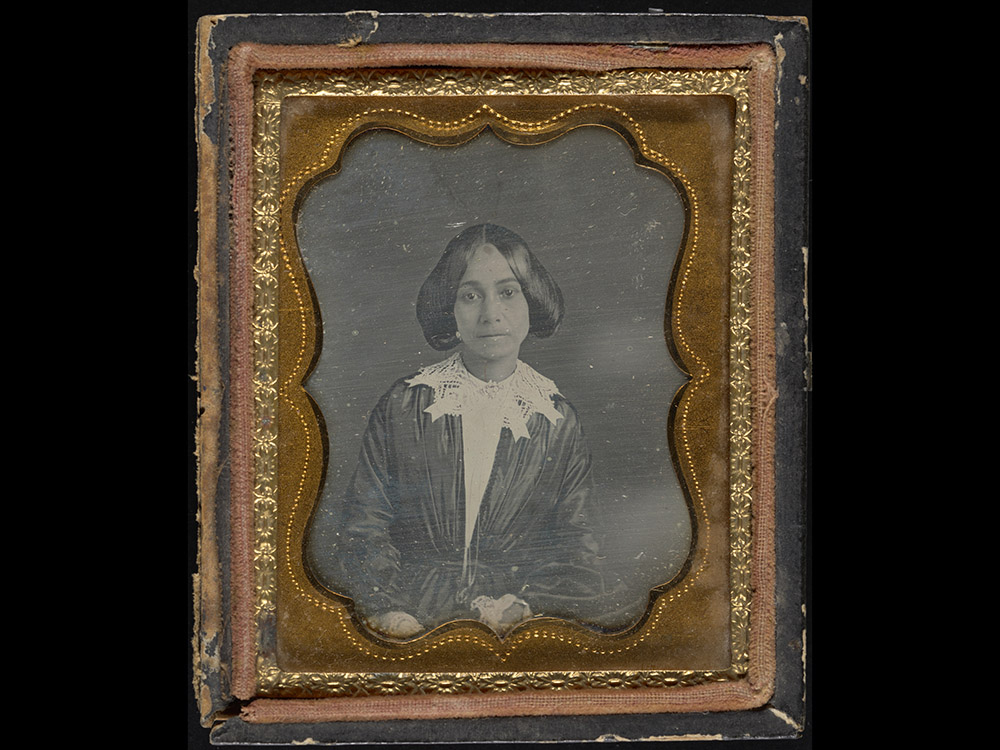
portraits of the past
One of the book’s highlights is a black and white photograph from 1871, titled ‘Shakespeare’, depicting an African American man. Lawrence finds this image particularly striking in the post-Civil War era, “It’s a compelling portrait that’s full of optimism and was made in the years immediately following the Civil War,” Lawrence reflects. His approach to portraits emphasizes the nuanced interactions between subject and photographer, suggesting that the subtleties in expression or the tilt of a head can reveal deeper stories.

beyond the surface
Louisiana Lens is not just a collection of images; it’s an invitation to explore the evolution of photography, the narratives of the photographers, and the stories behind the photographs. Lawrence encourages readers to look beyond the surface, to find their own interpretations and connections. “The essays are one way that I look at these pictures,” he says, adding, “I would encourage people to examine the contents of the book in ways that are more meaningful to them than what I might have written.”
louisiana lens featured on tv
capturing life’s details
A 1937 street scene vividly illustrates daily life in New Orleans, from the fashion of the day to the dynamics of racial integration. “The more curiosity we bring to a picture, the richer it’s going to be,” Lawrence states, pointing out the importance of detail in understanding historical context.
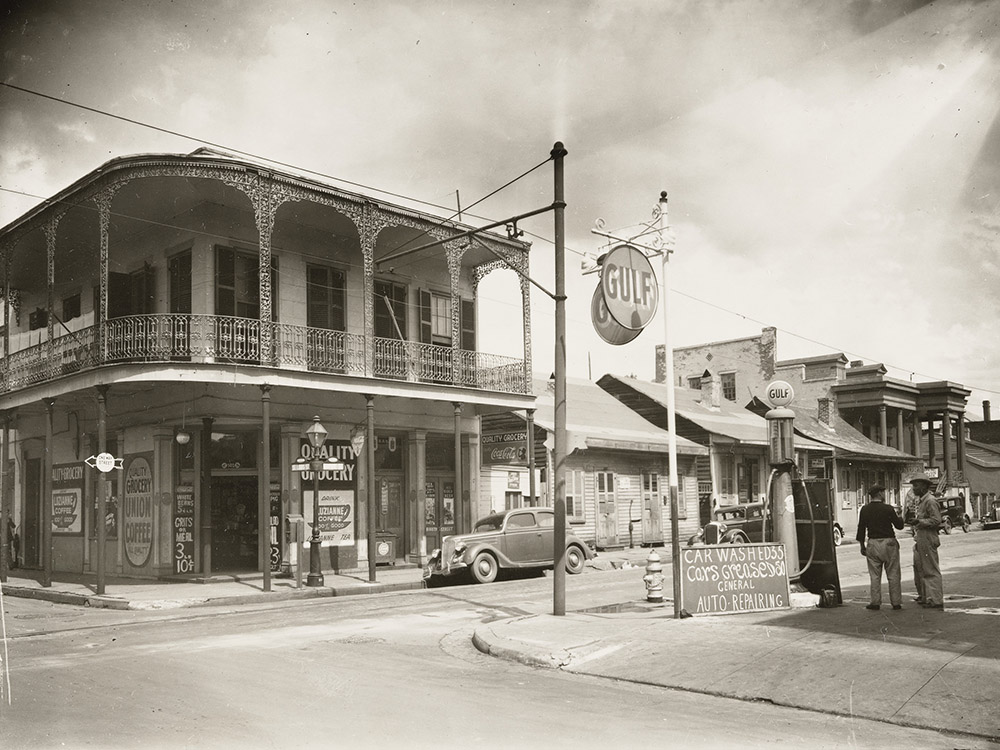
louisiana lens reflects society
The book also tackles the theme of racial segregation, juxtaposing it against images that depict a more inclusive society, such as a 1967 photo from a Saints game halftime show. Lawrence remarks that the mixture of races show in the photo, “would not have been the case at that stadium just a few years before.”
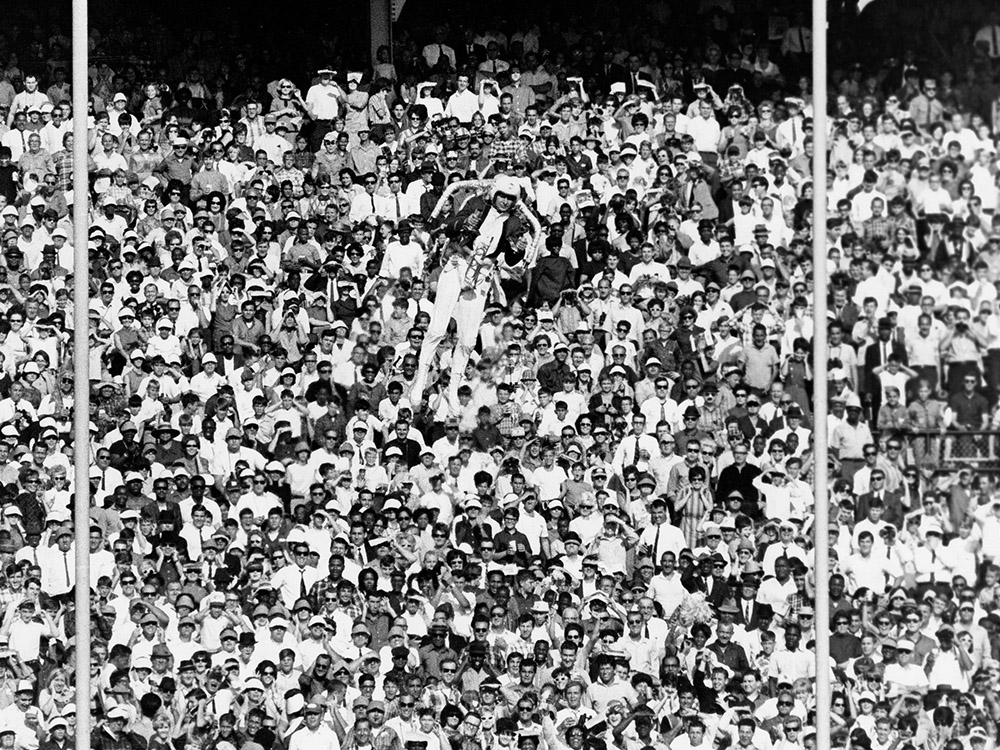
Through Louisiana Lens, John Lawrence offers an historical account, but also urges readers to see beyond the obvious and to find depth in the details. His work is a testament to the power of photography to capture history, convey stories, and reflect societal changes.
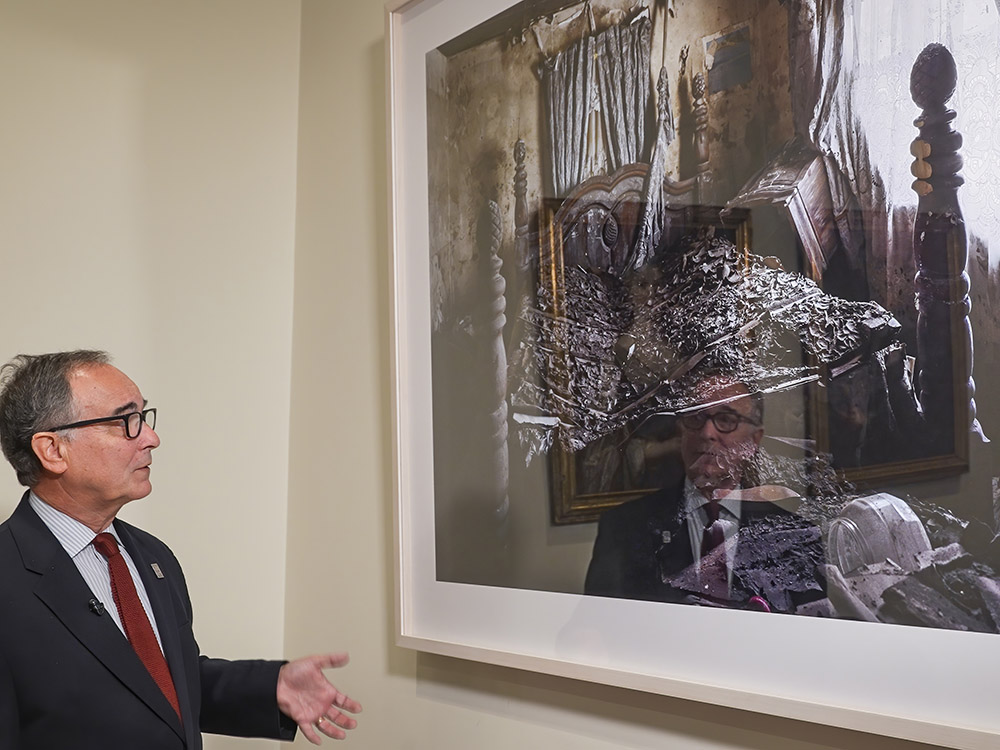
the importance of printing photographs
A large photograph of a bedroom heavily damaged by Hurricane Katrina hangs on a conference room wall in The Historic New Orleans Collection. The image is featured in Louisiana Lens. “If you get close enough, you screen out everything else in your view,” Lawrence observes. “You are sort of in the room with this scene of destruction,” he adds. In an age of millions of pictures snapped on cellphone cameras and shared online, Lawrence says he likes to see actual prints, “something we can hold in our hands.”
Click Here to learn more about John H. Lawrence and where to purchase Louisiana Lens.

MEET THE AUTHOR
John Lawrence is scheduled to appear at two book festivals in March, 2024, to discuss Louisiana Lens: New Orleans Book Festival, March 14-16, 2023. Click here for more information. And Lawrence will be attending the Tennessee Williams & New Orleans Literary Festival, March 20-24, 2024. Click here for more information.


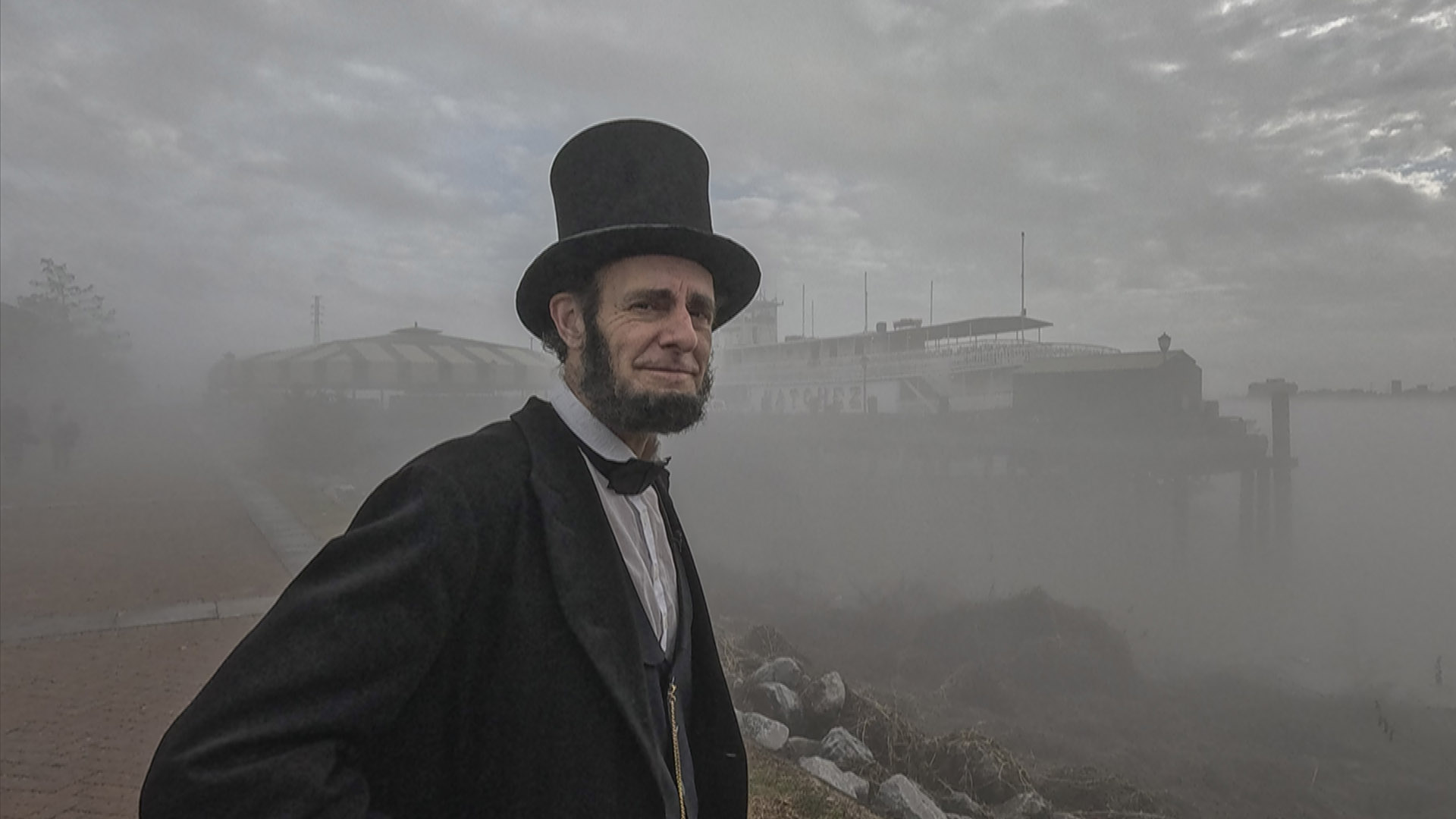

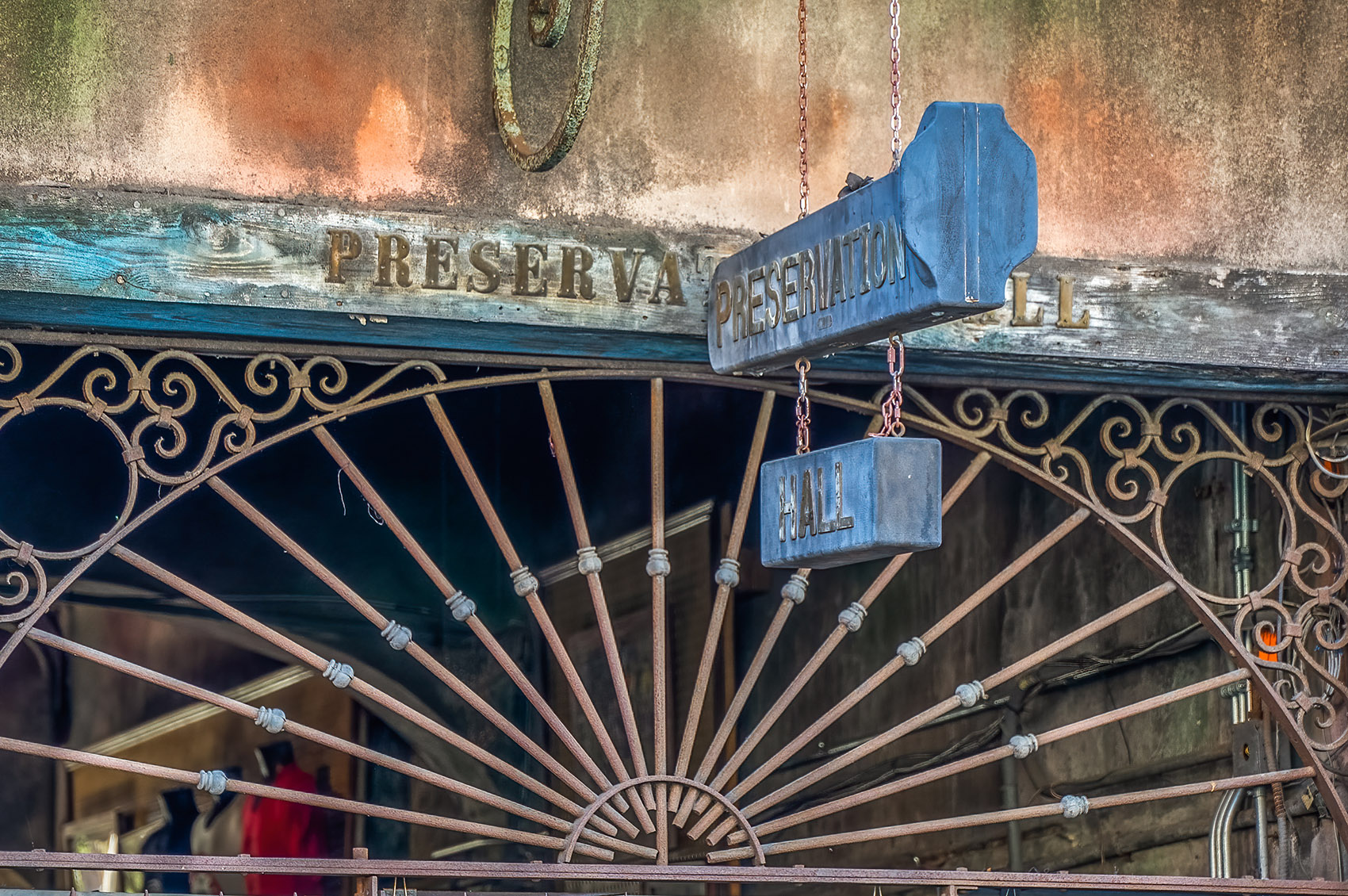
Leave a Reply